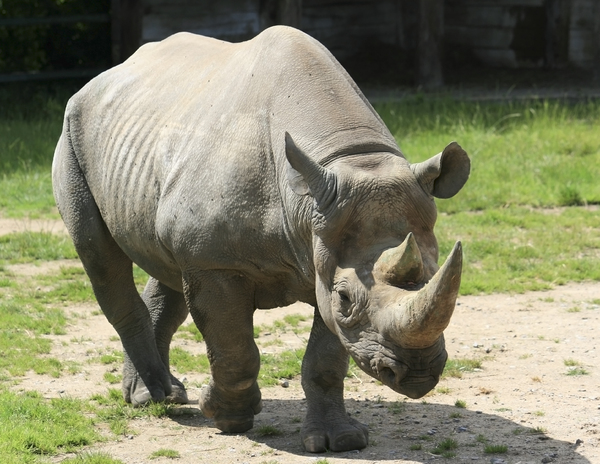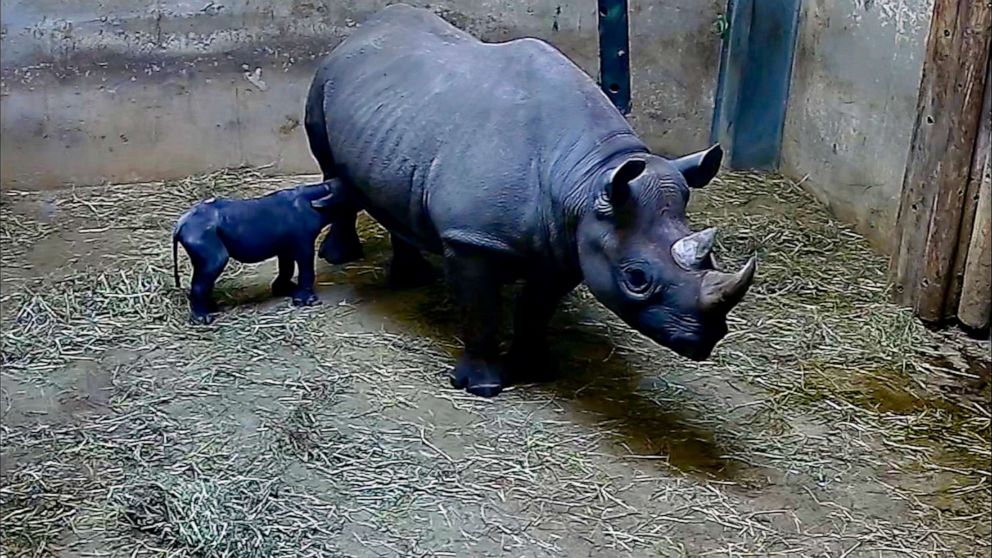
/cdn.vox-cdn.com/uploads/chorus_image/image/67044095/HVA7W_9w.0.jpg)
Currently, this species is classified by the IUCN Red List as Critically Endangered (CR) with its numbers increasing. These belonged to the subspecies of eastern black rhino and south-central black rhino. In December 2005, about 240 captive individuals of this species were estimated around the globe. According to the IUCN Red List, the total population of Black rhinos is approximately 4,880 individuals. Population numberĪccording to the World Wild Life (WWF) resource, the total population of Black rhinos is more than 5,000 individuals. These mammals are also facing the loss and destruction of their natural habitat due to the growing human population in the area, resulting in increased logging as well as the development of agriculture, roads, and human settlements. Presently, nearly all cases of Black rhino mortality are associated with poaching for their horns, which sharply decreases their numbers. Unfortunately, these animals still attract hunters for their horns, which are illegally exported to Asian countries, where they are used in local traditional medicine. They served as a material for handles of traditional daggers, typically used by the wealthy to emphasize their social status. In the 1970s, for example, the horns of Black rhinos were highly demanded in Yemen. In addition, Black rhinos have been commonly hunted for their hides and horns. Hunting for sport and consumption has been one of the major threats to this species’ population. They get the required nutrients from salt licks of the area, to which they take occasional trips.

During the dry season of hot days, Black rhinos can often be seen taking mud baths, which help them to cool off. When the danger has passed, these curious animals start exploring the source of the threat. When feeling danger, they curl their tail and flee to escape the threat while emitting various snorting sounds. During the midday hours, they typically exhibit less activity. Black rhinos are most active in the morning and evening when they travel, feed, and drink. Members of these groups travel and feed together. In addition, females occasionally form temporary social units. The territories of these groups often overlap. Female rhinos, on the other hand, form small groups together with their young. Males typically live alone before mating. They are not very territorial and often intersect other rhino territories. They tend to live in the same area throughout their lives. An excellent sense of smell alerts rhinos to the presence of predators.īlack rhinos are generally solitary and sedentary creatures.

Their ears have a relatively wide rotational range to detect sounds. However, studies have shown that their eyesight is comparatively good, at about the level of a rabbit. It is commonly assumed that Black rhinos have poor eyesight, relying more on hearing and smell.
Eastern black rhinoceros skin#
The thick-layered skin helps to protect Black rhinos from thorns and sharp grasses. The Black rhinoceros can also be distinguished from the White rhinoceros by its size, smaller skull, and ears and by the position of the head, which is held higher than the white rhinoceros, since the black rhinoceros is a browser and not a grazer. The Black rhino has a pointed and prehensile upper lip, which it uses to grasp leaves and twigs when feeding, whereas the white rhinoceros has square lips used for eating grass. Their two horns on the skull are made of keratin with the larger front horn typically 50 cm (20 in) long, exceptionally up to 140 cm (55 in).

Kaspar says that “Kesi loves splashing in the water, eating willow branches, and spending time being brushed by her keepers.An adult Black rhinoceros stands 140-180 cm (55-71 in) high at the shoulder and is 3-3.75 m (9.8-12.3 ft) in length.
Eastern black rhinoceros full#
He also loves wallowing in the mud in his habitat and eating all kinds of vegetation, especially browsing on larger branches full of leaves.”įemale Kesi, 6 years old, was born on March 15, 2017, and joins us from the Pittsburgh Zoo. “He really enjoys his training sessions and interacting with his keepers. “Moyo means ‘heart’ in Swahili, and he has certainly stolen ours,” explains Annie Kaspar, Zoo Manager of Trails of Africa. The Zoo joins fellow Association of Zoos and Aquariums (AZA)-accredited zoos and aquariums around the world in participation with the Black Rhino Species Survival Plan® (SSP) that led them here to Alabama.ĥ-year-old male Eastern black rhino Moyo was born on May 17, 2017, and joins your Zoo family from the St. This announcement also includes the official public opening of your Zoo’s newly renovated Daniel Foundation Alabama Rhino Habitat on March 25, 2023. The Birmingham Zoo is proud to announce the addition of two new Eastern black rhinoceros to your Zoo family.


 0 kommentar(er)
0 kommentar(er)
